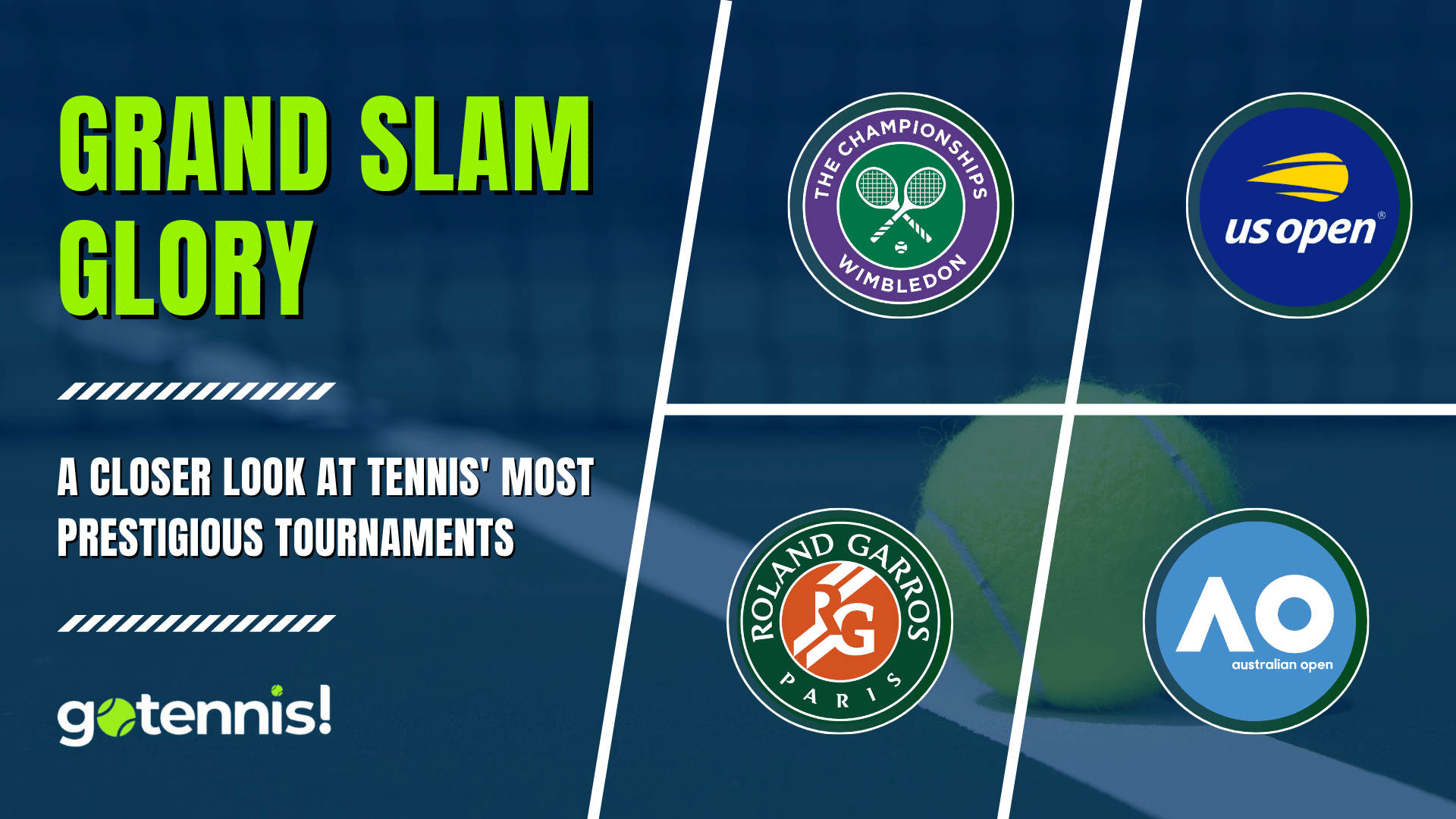There is some disagreement on where tennis was first played. According to a belief that is based on the roots of the game’s name, some people believe that early variants of the sport originated in ancient Egypt.
The name “tennis” is said to have originated from a town in Egypt called Tinnis, which is located alongside the Nile. It is also speculated that the word “racquet” was derived from the Arabic word “rahat,” which means the palm of the hand.
Game of the Hands
nevertheless, more evidence indicates that the game began in France sometime between the 11th and 12th centuries and was enjoyed by French monks who played handball over the walls of the monastery or over a rope placed across the courtyard’s floor. The name of the game, which literally translates to “game of the hands,” was “jeu de paume.” Many people think that the word “tennis” comes from the French word “tenez,” which means “take this” or “be ready,” and was spoken by the player who served before the beginning of each point in the game.
As a result of the sport’s ever-increasing popularity and the recent invention of lawnmowers, which were patented in 1830, tennis courts were able to migrate from enclosed hard courts to open grass fields, which led to the establishment of professional clubs and vast courts, all over Europe and across the rest of the globe. Later, these courts became the pillars of the most significant tennis tournaments of that time, including the U.S. Open, Australian Open, French Open, and many more.
Tennis courts were able to move from contained hard courts to wide grass fields as a result of the sport’s growing popularity and the more recent development of mowing machines, which were registered in 1830. This allowed professional clubs and large courts to be established throughout Europe and the rest of the world.
Lawn Tennis
Although indoor tennis is still played today in a variety of formats, such as “real tennis,” which is celebrated at the genuine Tennis Dedans & Real Tennis Museum inside the Queen’s Tennis Club, the original version of indoor court tennis, which was played on courts, was mostly discontinued in the middle of the 18th century. However, in the year 1850, Charles Goodyear created the use of natural rubber, which allowed for the manufacture of tennis balls that were bouncier and allowed the game to be performed on grass courts. This was a significant step forward for the sport, which had previously been in a state of decline.
This seminal deed, in conjunction with Walter Clopton Wingfield’s development of tennis played outside in 1874, is largely credited with laying the groundwork for contemporary tennis. The reception that Wingfield’s version, which came to be known as sphairistike, received was undeniably positive; within the same year, courts appeared in the United States of America, Russia, India, and Canada.
After another three years, the All-England Croquet Tennis Club was forced to generate funds in order to purchase new equipment. As a result, the club’s croquet court was converted into a tennis court. Wimbledon was the site of the club’s first tennis championships, which were held after a significant number of Wingfield’s regulations were rewritten. One of these rule changes involved converting the court from an hourglass shape to a rectangular one. The one event, the Men’s Singles, included 22 competitors, and Spencer Gore emerged victorious to become the very first-ever Wimbledon winner.
The beginning of the contemporary era of grass tennis has finally arrived. Since that time, The Wimbledon Championships have been held at The All-England Lawn Tennis and Croquet Club each and every year, with the exception of the year 2020. To this day, it is considered to be one of the most renowned tennis events that can be played anywhere in the world.
Today’s Tennis
To a significant extent, tennis continues to be played according to the guidelines established by the All-England Club in the latter half of the 19th century. The objective of the game is to strike the ball in such a manner that your opponent is unable to play a return shot that is within the rules of the game. Suppose a player fails to return the ball to their opponent. In that case, they are awarded a point, which ultimately results in the opponent winning the competition, the set, and ultimately, the final match. Tennis is played either one player against another (known as a singles match) or two players against each other (known as a doubles match). The court is in the shape of a rectangle and is separated by a net that is 3.5 feet tall.
The last decade of the 19th century saw the debut of clay courts, which were followed by wooden floors and, much later, the ‘hard’ courts with cement or acrylic surfaces. These innovations paved the way for a variety of surfaces that are used in today’s Grand Slam tennis competitions, with hard courts being played on at the U.S. Open and the Australian Open, while ceramic courts are employed at the French Open.
Takeaway
The sport of tennis went through a number of significant shifts, one of which was the introduction of the “Grand Slam” in the 1930s. This achievement is awarded to the player who is the first to win each of the four “major” events, which are the Australian Open, the French Open, Wimbledon, and the United States Open.
Other improvements to the game have quickly expanded all over the world, like the Fever-Tree Championships, which are held at the Queen’s Club in London. However, all four Grand Slam championships continue to be the most prestigious competitions in the sport. The Fever-Tree Championships, which are often held a few weeks before Wimbledon, are frequently seen as a key indicator of a player’s form in the lead-up to the championships. The rise of tennis has resulted in the establishment of several more significant international competitions in addition to the four Grand Slams. These tournaments include the ATP Finals, which pits the best players in the world against one another annually, and the Davis Cup, which transforms tennis from an individual sport into a competition between nations.










